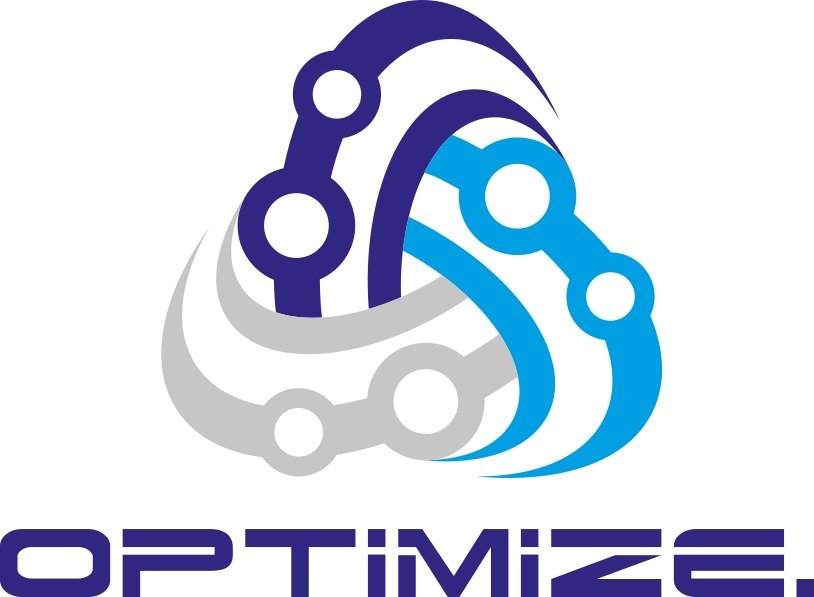HTPD Automation Improvements
HIGH THROUGHPUT PROCESS DEVELOPMENT
MULTI-VARIANT AUTOMATED COLUMN CHROMATOGRAPHY
Miniaturized chromatography columns have been utilized in the HTPD space for over 15 years; miniaturized chromatography involves the use of a microscale chromatography column, packed with your choice of resins across a range of column volumes from 50 to 600 µL. The technology, pioneered by Atoll (now Repligen), allows PD groups to run multiple separations, with multiple resins &/or conditions to better assess & analyze the performance of each experiment, in parallel, with less material, more experimental conditions and in less time. However, the “chromatographical” aspect of the process does not behave like a normal chromatography instrument & this does lead to complications in modelling for scale up.
The differences in the chromatographical process are:
• Difficult to use software/user interface for experimental definitions
• Liquid Delivery through columns is a “stop-flow” operation with repeated insertions into the column leading to resin bed disruption & O-ring degradation/wear
• Limited analytical outputs from column flow through, with specific requirements for fraction collection
We offer an improved process development tool that overcomes these issues!
Better User Interface.
Utilization is aligned with typical Chromatography nomenclature; with individual chromatography phases, different parameters per column for true “parallel processing”.
Minimal training is required to utilize the software – simply follow instructions on filling reservoirs with sufficient liquid for the experiment, load fraction plates & column.
Monitor the system through the dynamic graphical user interface.
Better Liquid Delivery of Chromatography Process.
OptimizeHTPD CHROM method features a re-designed volume handling and flow control mechanism to address several liquid delivery limitations relevant for RoboColumn purification.
Creation of buffer gradients within the liquid system and provides continuous gradient functionality.
Prevents stop-start flow at critical steps of the process, versus the current process where the automation starts all columns at the same time and stops at different times – or the automation is limited to running the same volume for each column per phase.
Better Monitoring of Chromatography Process.
Monitor the system through the dynamic graphical user interface.
Experience has shown that the use of miniaturized chromatography columns, with the repeated O-ring insertions & fouling of the column frits & resin, leads to inevitable back pressure issues & eventual failure of the delivery tip/O-ring interface.
An inline pressure sensor, per pipetting channel has been assessed and shows that it is possible to plot pressure traces, for the duration of an experiment, to record each liquid path action for each tip.
Better Experimental Design.
The interface can handle up to 24 different phases, each with their own parameters for optimum parallel processing of conditions.
Rezvani K, Smith A, Javed J, Keller WR, Stewart KD, Kim L, Newell KJ.
Demonstration of continuous gradient elution functionality with automated liquid handling systems for high-throughput purification process development.






